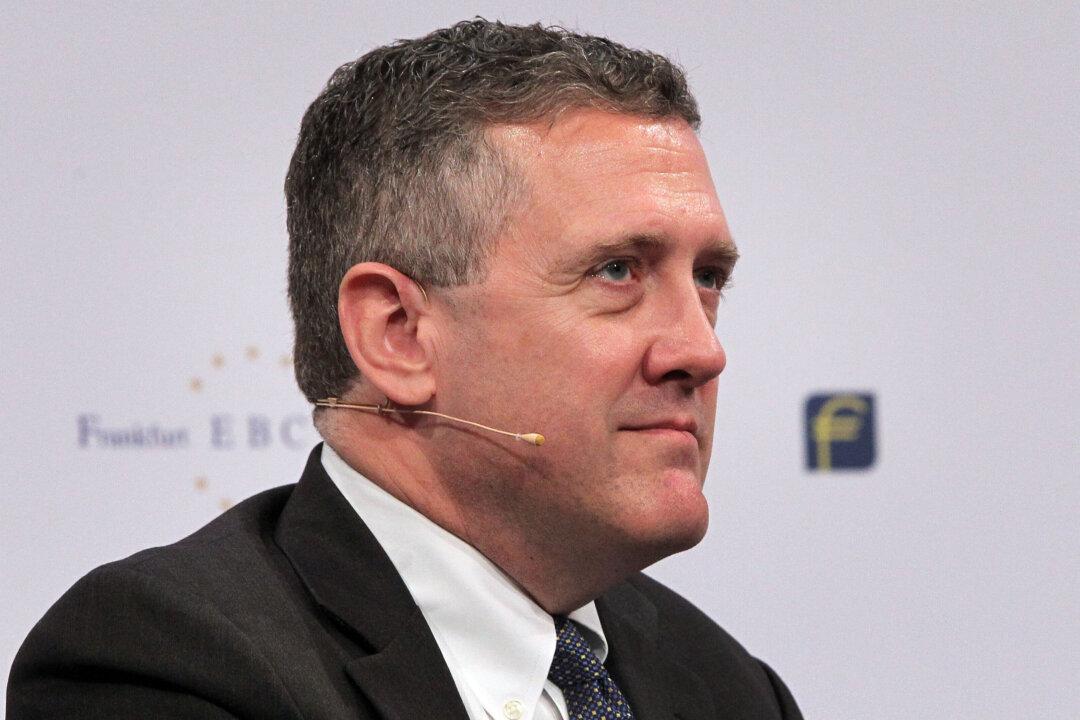The Federal Reserve may have to raise rates as high as 7 percent in order to have an impact on inflation, said James Bullard, president of the Federal Reserve Bank of St. Louis.
Even if one allows for a “generous” assessment regarding the recent progress the Fed has made to fight inflation, it must continue to stay on course with its hawkish interest rate policy, stated James Bullard on Nov. 17.





